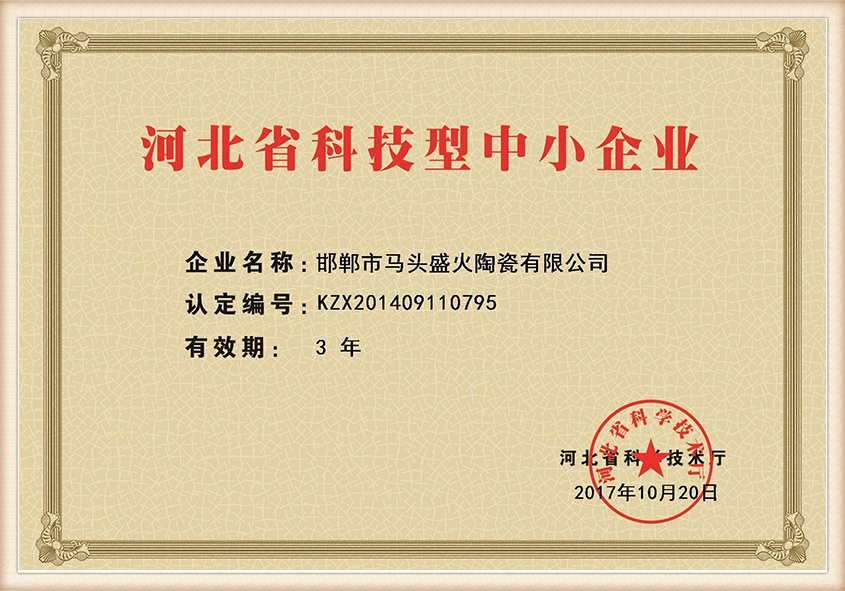The Role of Bauxite and Frac Sand in Modern Industry
In recent years, the demand for bauxite and frac sand has surged, serving as critical materials in various industrial sectors. Bauxite, the primary source of aluminum, is a naturally occurring mineral composed mainly of aluminum oxide, along with other compounds such as silica, iron oxide, and titanium dioxide. On the other hand, frac sand is a type of sand that is used in hydraulic fracturing processes to extract oil and natural gas from underground formations. This article explores the significance of bauxite and frac sand, their extraction processes, and their impact on the environment and economy.
Bauxite The Aluminum Foundation
Bauxite is crucial for the production of aluminum, one of the most widely used metals in the world. Aluminum's lightweight nature, resistance to corrosion, and versatility makes it an essential material in industries ranging from aerospace and automotive to packaging and construction. The extraction of bauxite typically occurs through open-pit mining, where large amounts of earth are stripped away to reach the ore deposits. Major producers of bauxite include countries like Australia, Brazil, and Guinea, which hold significant reserves.
The process of turning bauxite into aluminum involves several steps, including crushing, washing, and refining the ore through the Bayer process. This method results in the production of alumina, which is then electrolytically reduced to produce aluminum. As global demand for lightweight materials increases, particularly in the electric vehicle market, the importance of bauxite and sustainable extraction methods cannot be overstated.
Frac Sand Fueling the Energy Revolution
Frac sand, specifically utilized in hydraulic fracturing, has become a vital component of the North American energy landscape. The extraction of oil and gas from shale formations utilizes high-pressure water mixed with sand and chemicals to create fractures in the rock, allowing hydrocarbons to flow more freely. The sand serves as a proppant, keeping these fractures open and ensuring continuous extraction.
The demand for frac sand has skyrocketed with the rise of unconventional drilling techniques, such as horizontal drilling and multi-stage fracturing. Key regions for frac sand production include Wisconsin, Texas, and Minnesota, which have large deposits of high-quality silica sand essential for this process. However, the rapid expansion of frac sand mining has raised environmental concerns, including habitat destruction, water usage, and air quality issues related to dust generated during extraction.
bauxite frac sand

Environmental Considerations
Both bauxite and frac sand mining can have significant environmental impacts. For bauxite, deforestation, soil erosion, and water pollution are notable risks associated with its extraction and processing. Many countries are implementing stricter regulations to mitigate these impacts, and companies are increasingly focused on sustainable practices, including land rehabilitation and improved waste management.
Similarly, frac sand mining can lead to environmental degradation in local ecosystems. The water-intensive nature of hydraulic fracturing and its potential for groundwater contamination pose challenges that must be addressed. As communities grapple with the consequences of industrial activities, the demand for more responsible extraction methods is gaining traction.
Economic Implications
On the economic front, both bauxite and frac sand play essential roles in job creation and energy independence. The aluminum industry supports numerous jobs, from mining and refining to manufacturing and recycling. The growing emphasis on lightweight materials in manufacturing can further enhance the economic importance of bauxite.
In contrast, frac sand production is closely linked to the energy sector's health. The boom in shale gas extraction has not only increased domestic energy supplies but has also created a broad spectrum of jobs and economic activity in associated industries, such as transportation and logistics. However, volatility in oil and gas prices can impact the demand for frac sand, highlighting the need for diversification in the mining sector.
Conclusion
The roles of bauxite and frac sand in modern industry are undeniable, with profound implications for both the economy and the environment. As both sectors evolve, striking a balance between industrial growth and sustainability will be key. Industry stakeholders must work collaboratively with communities and regulatory bodies to ensure responsible extraction practices while meeting the increasing global demand for these critical resources. The future of aluminum and energy production may depend on how effectively we navigate these complexities today.
Post time:നവം . 17, 2024 13:18
Next:Gold Dust and Sand Available for Purchase at Competitive Prices
